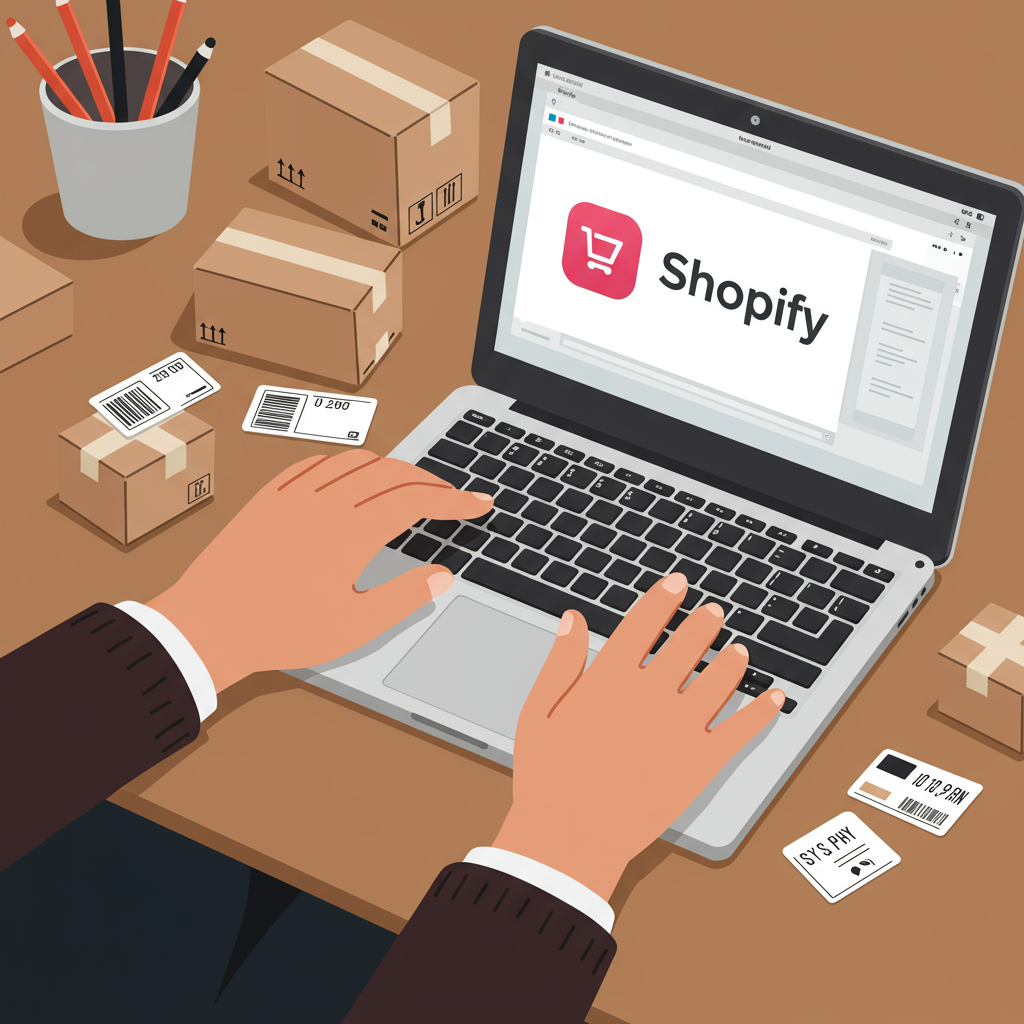Building a successful dropshipping business hinges on strong supplier relationships. Here’s how I manage mine for optimal performance.
As a Shopify dropshipper, I’ve learned that while the business model offers incredible flexibility and low startup costs, its success hinges almost entirely on one critical element: your suppliers. Without reliable partners, even the most brilliant marketing strategy or the most beautiful Shopify store will falter.
Effective supplier management isn’t just about placing orders; it’s about building robust relationships, ensuring seamless operations, and ultimately, delivering an exceptional customer experience. It’s a continuous process that demands attention and strategic thinking.
My journey in dropshipping has taught me that the initial selection of a supplier is paramount. It’s not a decision to be rushed. I always begin with thorough research, looking for suppliers with a proven track record, positive reviews, and a clear understanding of the dropshipping model.
I prioritize suppliers who offer high-quality products, as this directly impacts my brand’s reputation. Requesting samples before committing to a large volume is a non-negotiable step for me. It allows me to personally assess the product’s quality, packaging, and overall presentation.
Communication is the bedrock of any successful supplier relationship. I make it a point to establish clear and consistent communication channels from the outset. Whether it’s email, a dedicated messaging app, or even scheduled calls, knowing how and when to reach them is crucial.
I always strive to be explicit with my expectations regarding product specifications, shipping times, and return policies. Ambiguity can lead to costly misunderstandings down the line, so I prefer to over-communicate rather than under-communicate.
When it comes to order fulfillment, automation is my best friend. Integrating my Shopify store with my supplier’s system, if possible, significantly reduces manual errors and speeds up the processing time. Apps designed for dropshipping fulfillment can be invaluable here.
I meticulously track every order, from placement to delivery. Providing customers with accurate tracking information is essential for transparency and managing expectations. Any delays or issues are immediately addressed with the supplier.
Quality control, even in a dropshipping model where I don’t physically handle the products, remains a top priority. I rely heavily on customer feedback and reviews to monitor product quality. A sudden spike in complaints about a specific item is a red flag I investigate immediately.
If a product consistently receives negative feedback, I don’t hesitate to discuss it with the supplier or, if necessary, find an alternative. My brand’s integrity is more important than a single product’s profit margin.
Inventory management, while seemingly less critical in dropshipping due to not holding stock, is still vital. I regularly check with my suppliers about stock levels, especially for popular items. Running out of stock on a best-seller can lead to lost sales and frustrated customers.
I also inquire about lead times for restocking and potential backorder situations. Having this information allows me to update my product listings accurately and manage customer expectations effectively, preventing disappointment.
Understanding and negotiating payment terms is another crucial aspect. I look for suppliers who offer flexible payment options and reasonable terms that align with my cash flow. Building trust often leads to better terms over time.
I always ensure that all financial agreements are clearly documented to avoid any disputes later. This includes pricing, payment schedules, and any potential discounts for bulk orders or long-term partnerships.
Building a strong, long-term relationship with my suppliers goes beyond just transactions. I treat them as partners in my business. This means being respectful, prompt with payments, and understanding of their challenges.
A good relationship can lead to preferential treatment, better pricing, or even early access to new products, giving me a competitive edge in the market. It’s an investment that pays dividends.
Contingency planning is something I learned the hard way. What happens if your primary supplier suddenly can’t fulfill orders? I always have at least one backup supplier for my most critical products.
This ‘Plan B’ ensures that my business can continue operating smoothly even if unforeseen issues arise with my main partner. It’s about mitigating risk and ensuring business continuity.
Leveraging technology is non-negotiable for efficient supplier management. Besides Shopify apps for order fulfillment, I use communication tools, project management software, and even simple spreadsheets to keep track of supplier details, communication logs, and performance metrics.
Performance monitoring is an ongoing process. I regularly evaluate my suppliers based on key performance indicators (KPIs) such as order accuracy, shipping speed, product quality, communication responsiveness, and dispute resolution efficiency.
This data-driven approach helps me identify areas for improvement, both on my end and the supplier’s, and ensures that I’m consistently working with the best possible partners.
When disputes inevitably arise, I approach them calmly and professionally. My goal is always to find a mutually beneficial resolution. Clear documentation and a respectful tone are key to navigating these situations successfully.
I’ve found that most reputable suppliers are keen to resolve issues, as their reputation is also on the line. Open dialogue and a willingness to compromise often lead to positive outcomes.
As my Shopify store grows, I constantly re-evaluate my supplier relationships. Scaling up might require suppliers with larger capacities, more advanced logistics, or even the ability to offer custom branding.
Proactive communication about my growth plans helps my suppliers prepare and adapt, ensuring they can continue to meet my evolving needs. It’s a partnership that grows together.
What do you think about these strategies? Have you found similar approaches helpful in your dropshipping journey, or do you have other tips to share?
In conclusion, effective supplier management is not a passive task; it’s an active, strategic component of a successful Shopify dropshipping business. By focusing on strong relationships, clear communication, quality control, and continuous improvement, you can build a resilient and profitable online store.
Remember, your suppliers are an extension of your brand. Choose them wisely, nurture those relationships, and you’ll lay a solid foundation for long-term success in the competitive world of e-commerce.






